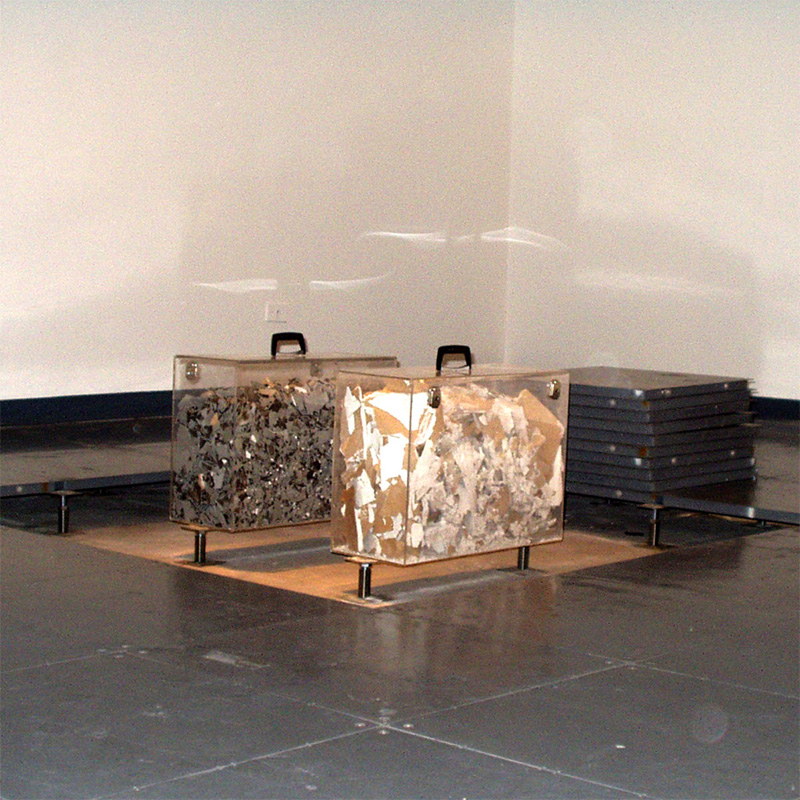The determination of the stars to which some of the Egyptian temples, sacred to a known divinity, were directed, opened a way to a study, of the astronomical basis of parts of the Egyptian mythologies. It became obvious that the mythology was intensely astronomical, and crystallized early ideas suggested by actual observation of the Sun, Moon, and stars.
The excavations revealed that several times in its history the complex had been razed to the ground to be re-erected and expanded on the same spot, yet each time with a slight change of orientation. The orientation of the temples must have been determined by certain stars, whose position in the sky changed over time, and this orientation was so quintessential that the temples of the earlier complexes had to be re-erected several times. It was not dilapidation that motivated the repeated construction work, but a religious necessity to follow the stars in the orientation of the temples. This is explained by the temples having been rebuilt upon old foundations, a thing which can be proved to have occurred. In the case of the Egyptian temples, the stated date of foundation of a temple is almost always long after that at which its lines were laid down in accordance with the astronomical ritual. No wonder, then, that the same thing is noticed in Greece.—From the N.Y.Sun,March,1894.
This new series of works, are related to in an study from J.Norman Locker, a pioneer in the fields os astrophysics and astro-archeology, of the Temple Worship and Mythology of the Ancient Egyptians, described in the book The Dawn of Astronomy firstly published in 1894 by Casesell and Company in London.
J. Norman Locker believed that ancient Egyptian monuments were constructed “in strick relation to the stars”. This study, which has being the inspiration for this new series of work by Catalina Swinburn, following his previous one about archeology pieces displaced from their original sites from the Fertile Crescent, explores the relationship between astronomy and architecture in the age of the pharaohs and beyond.
















